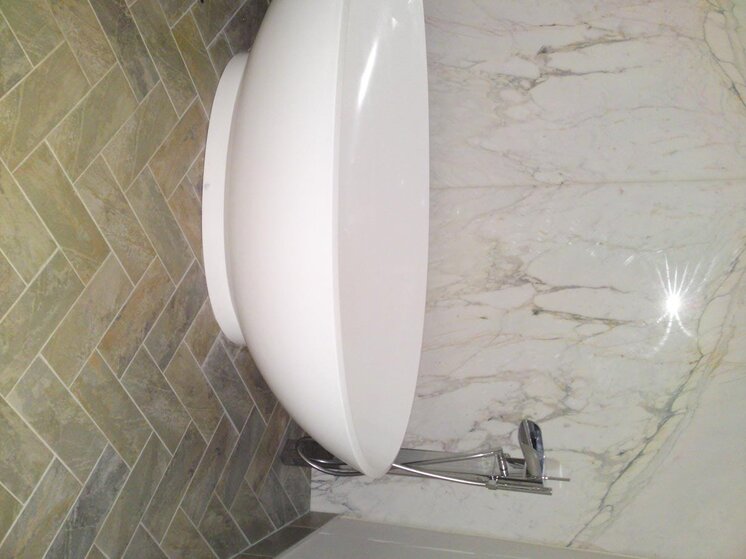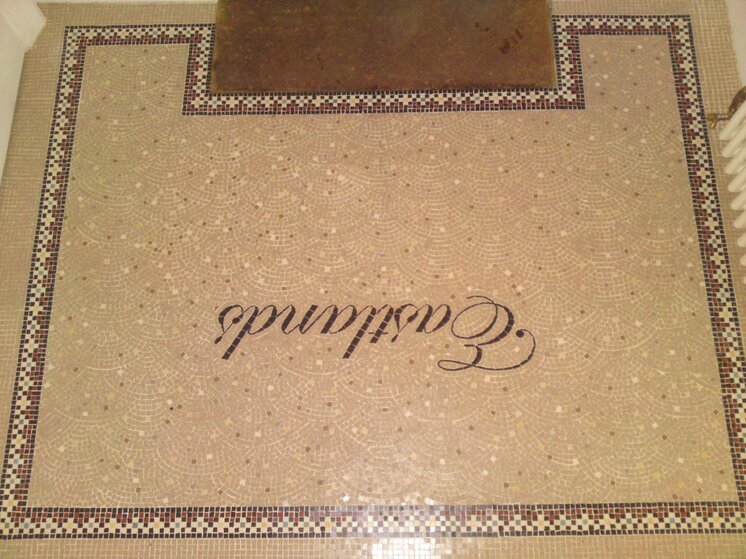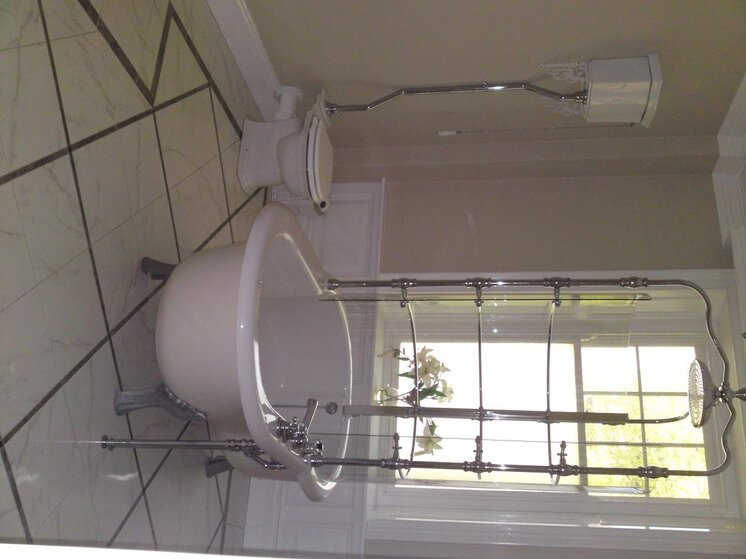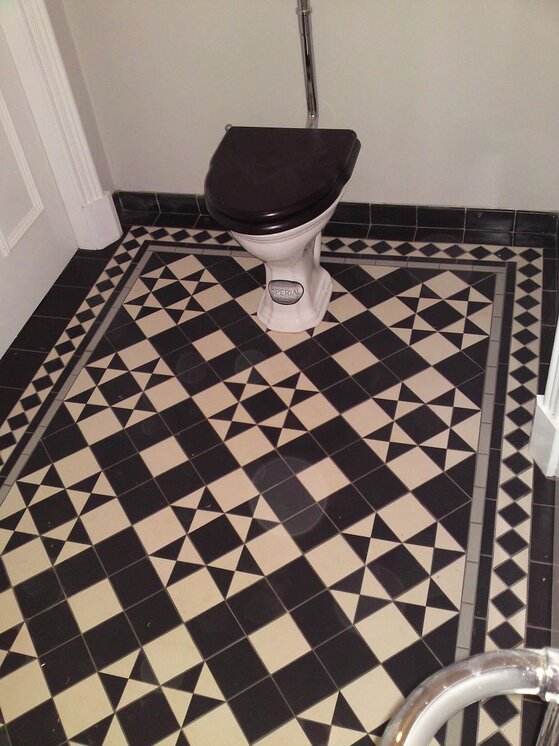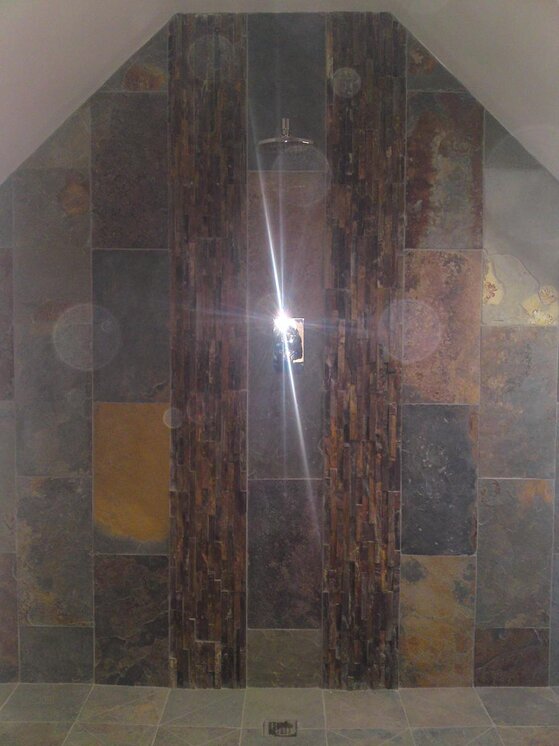E
emmott
Hello
I am having a building converted into house and have a spec to use traditional quarry tiles, i.e square
I have just been to a tile manufacturer, very hand made, and we like a tile he can sell us half price from a previous big order. It is a unique colour and size it is a rectangle of..2 and 5/8ths inches by 8 and 3/4 inches. About 225 x 65 in mm metric.
I notice that some traditional patterns seem to rely on, for instance, a tile being twice as long as it is wide, like a brick...
The manufacturer said he undestood they were to be laid 'like parquet..a herringbone'
Should it be quite straightforward to lay in a conventional sort of pattern, despite the lack of any obvious perfect proportion between long and short sides? Unless it's meant to 3.5 times longer than wide. Does it matter anyway?
ps. artistically, they are very rustic for a very rustic building
I am having a building converted into house and have a spec to use traditional quarry tiles, i.e square
I have just been to a tile manufacturer, very hand made, and we like a tile he can sell us half price from a previous big order. It is a unique colour and size it is a rectangle of..2 and 5/8ths inches by 8 and 3/4 inches. About 225 x 65 in mm metric.
I notice that some traditional patterns seem to rely on, for instance, a tile being twice as long as it is wide, like a brick...
The manufacturer said he undestood they were to be laid 'like parquet..a herringbone'
Should it be quite straightforward to lay in a conventional sort of pattern, despite the lack of any obvious perfect proportion between long and short sides? Unless it's meant to 3.5 times longer than wide. Does it matter anyway?
ps. artistically, they are very rustic for a very rustic building


